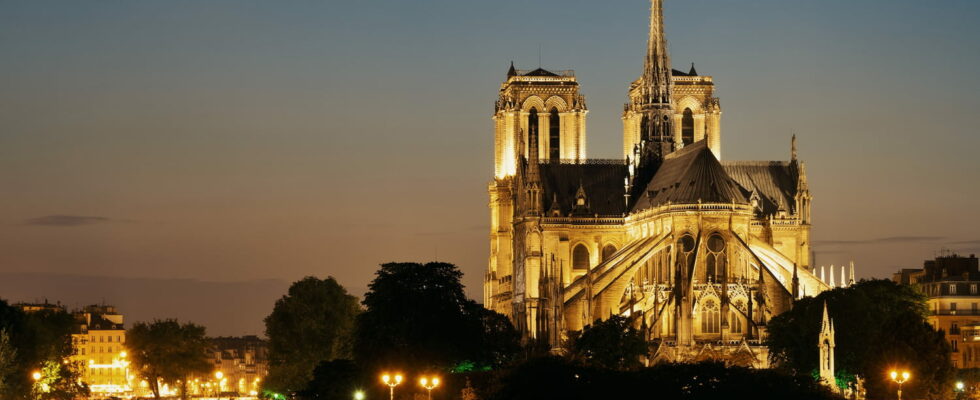Notre-Dame de Paris was once the center of the “Feast of Fools”. What was allowed in the cathedral is mind-boggling.
If you have read Notre-Dame of Paristhe Feast of Fools probably has no secrets for you. This festival, fictionalized by the pen of Victor Hugo, lasted ten days, from December 28 to Epiphany, a Catholic holiday commemorating the manifestation of the child Jesus to the Three Kings. It has its origins in the Middle Ages and would surely be derived from the Saturnalia or the Bacchanalia dating from Roman times.
During these celebrations, enjoyment and pleasure took precedence over social conventions. Freed for a moment, the slaves could give orders to their master while the rich left their toga in favor of a tunic, a garment usually worn by the poor.
During the Feast of Fools, as the historian of morals has well explained Aubin Louis Millin de Grandmaisonthe social order was also symbolically overturned. It became common to see clerics getting drunk, consorting with women or fighting in the streets. During the festivities, they would appoint someone, often a layman, to play the role of “the pope of fools.” Like Quasimodo, he was blessed and paraded on a supposed papal throne. To complete the illusion, he covered himself with religious ornaments and walked around, a crozier in his hand, to bless his followers. On his head, he wore a mitre, a triangular hat usually reserved for bishops.

His entry into the cathedral was punctuated by the ringing of bells and the applause of the crowd. In the process, a parody of mass was given to the cheers of a disparate audience where clergy disguised as women, individuals with faces covered in soot or wearing hideous masks mixed together. Once the ceremony was over, it was time for hullabaloo. The place was taken by storm, the nave of Notre-Dame was used for all kinds of games. Under the influence of alcohol, some ate greasy and dirty food on the altar or burned old slippers in censers. We sang, we danced, all in an atmosphere conducive to excess and excess.
Long tolerated, the Feast of Fools was nonetheless targeted by attempts at control, such as that of the theologian Pierre de Corbeil, who was not amused by these parodies amounting to “sacrilege”. The festival finally disappeared in the 16th century, taking with it the unbridled morals which had ended up disturbing the hierarchy of clerics.
